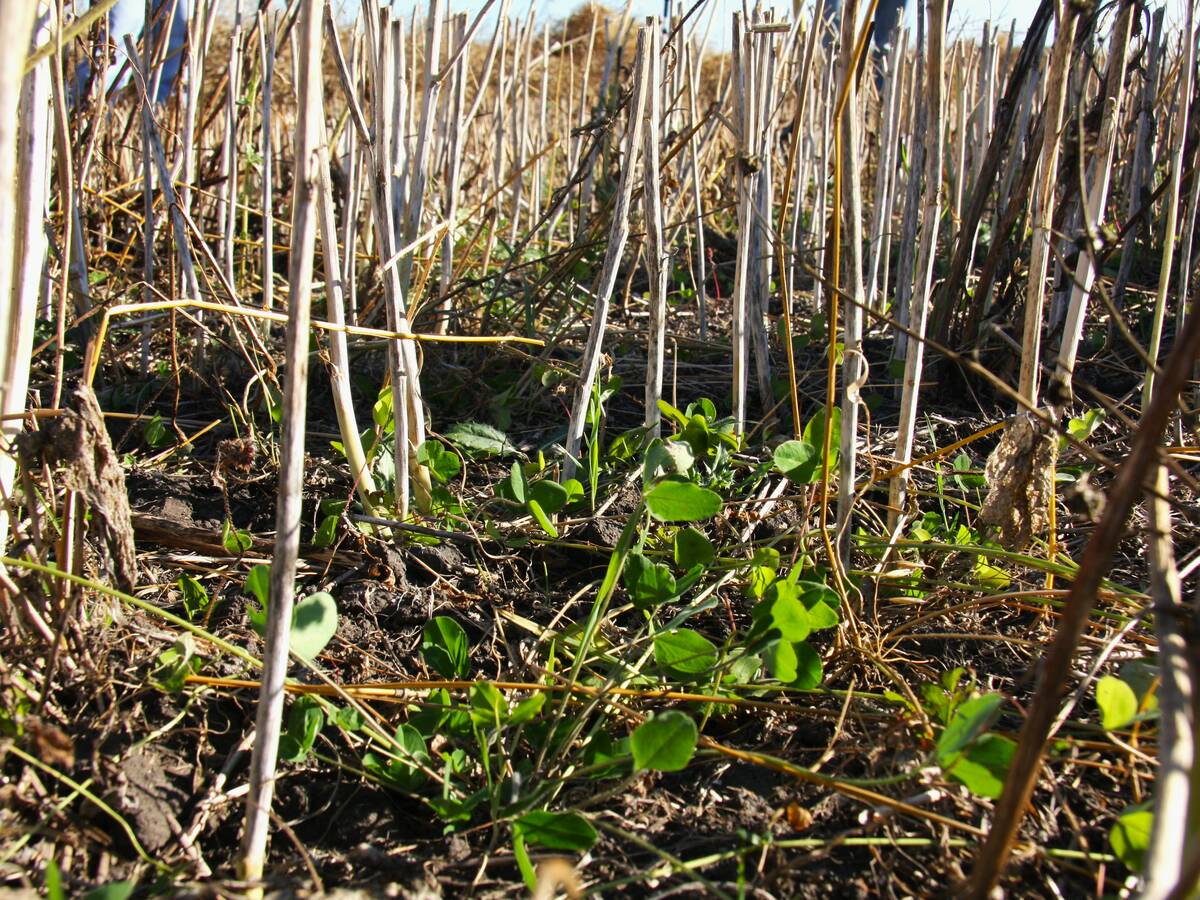Time is of the essence for farmers who must finish harvesting the 2016 crop before fertilizing and seeding this year’s acreage.
Applying fertilizer and seed in one pass speeds up the process, and for those without equipment for side or mid-row banding, this might be the ideal year for a controlled release fertilizer applied with the seed.
Ray Dowbenko of Agrium is a developer of ESN, the polymer-coated urea that has been in use for several years.
In a year when seeding is delayed, as this one might be in some regions, the product is a consideration that depends on cost, crop choice and soil type.
Read Also

Saskatchewan project sees intercrop, cover crop benefit
An Indigenous-led Living Lab has been researching regenerative techniques is encouraging producers to consider incorporating intercrops and cover crops with their rotations.
“With farmers who don’t have that equipment, are pressed for time, have regular drills or seeding equipment and are looking to put seed and fertilizer in the same place, this is the benefit of the one pass,” said Dowbenko.
“It’s a compressed spring situation. It’s wet. Farmers don’t have a lot of time. We want them to be safe, not rushed. We want to provide them a tool to use to increase their efficiency and their economics of seeding in the spring. If they’re set up to put fertilizer down with the seed, this product will allow them to go at much higher rates.”
Dowbenko said research indicates ESN can be applied at three times the recommended nitrogen fertilizer rate at seeding. Its coating creates a barrier between granules and seed, reducing the risk of seed damage that might occur with other forms of urea. The nitrogen is then slowly released for crop use.
Because that release depends on temperature, nitrogen is released at the same time as plants are actively growing. Slow release also limits the amount of nutrient taken up by weeds.
“We can improve nutrient use efficiency because again we’re controlling release to match what the crop is requiring, so the weeds aren’t getting it.”
A slow release product also limits nitrogen losses through leaching or denitrification, Dowbenko added.
Canola and wheat most require nitrogen at three to four weeks after seeding, so a controlled release prevents loss after the fertilizer sits in the ground for a month. Though ESN needs some moisture to activate, a drenching doesn’t speed its release, he said.
Conversely, if a drought occurs on the Prairies this year, as some forecasters predict, it has to be extremely dry to halt ESN release.
If plants reach the permanent wilt point, the granules will also dry and retain their nitrogen for release when conditions improve.
More information can be found at bit.ly/2q6uyVy.
The Alberta and Saskatchewan agriculture departments also have information on their websites about recommended seed-placed fertilizer rates.















